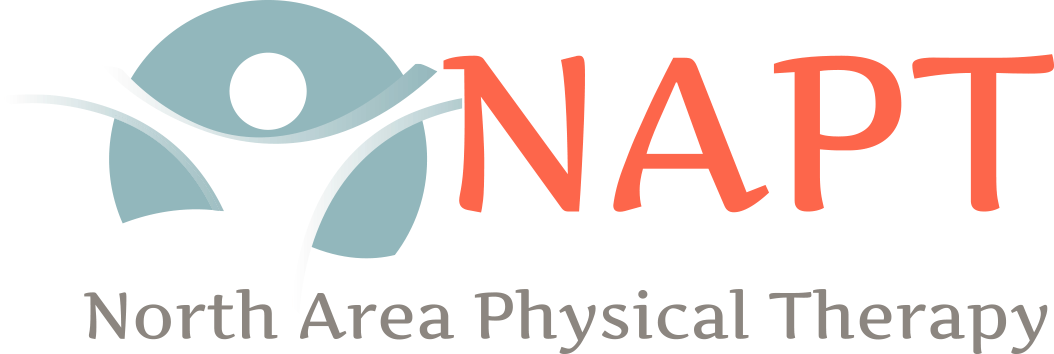Knee pain, perhaps after low back pain, is among one of the most frequent referrals to an outpatient physical therapy clinics. Patient’s chief complaints are pain and swelling, especially with weight bearing activities. The cause of pain could be divided in to two major categories; gradual and traumatic. Gradual onset is commonly related to age, malalignment of joints, overuse, and repetitive moves (such as in athletes). Traumatic cases are usually due to falls, sports injuries, work related injuries, or motor vehicle accidents.
The anatomy of the knee joint, which is consider a hinge joint, consist of femur, tibia, and patella. What sits between the bony areas are called cartilage and meniscus. These relatively softer tissues decreased the compression forces on the bones and act as sock absorbents. Ligaments connect the bones to the neighboring bones. In knee injuries, medial and lateral collateral ligaments along with anterior and posterior cruciate ligaments are the most vulnerable. Tendons, on the other hand, connect the muscles to the bones. In some cases tendons, ligaments, and menisci are torn. The degree of this tear determines the need for conservative vs surgical treatment. In other cases, it’s the cartilaginous area that has been degraded and would need a treatment.
Very first step in treating the knee discomfort is to avert from the aggravating activities, as much as possible. Sometimes, assistive devises, such as cane and walker, and braces are useful. In addition, physician may prescribe medication for pain and swelling. In many case physicians will refer the patient to see a physical therapy specialist. The main purpose of the physical therapist (PT) would be to restore the patient’s prior level of function, decrease pain and swelling, improve range of motion, and strength. This goal is achieved through a variety of tools available to PT, including manual work, appropriate exercises, water therapy, and modalities. The knee rehabilitation may last anywhere between 6-12 weeks.
Kind Regards,
Ramona Lazar, PT


